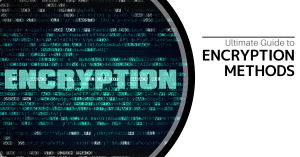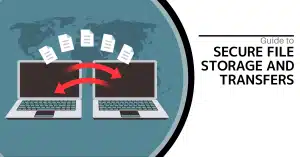The Eisenhower Time-Management System is an Ingenious Way to Reduce Unnecessary Work and Increase Productivity.
I outlined Steve Jobs’ method for hosting amazing meetings a few months ago. Given the inclination of most corporations to squeeze conference after conference into their schedules for no obvious reason. It was undoubtedly a blessing. Another flip side is efficiency, as well as how we manage our schedule when we’re not compelled to sit on a couch (virtual or real). Discuss topics that can be addressed via email.
We regard productivity to be an in-task effort in most cases. How can we do X task faster so that we may move on to the next? That, of course, necessitates that we have the appropriate duties in place. The Time and Task Management Matrix of Dwight D. Eisenhower is a throwback to the post-World War II president who was preoccupied with efficiency.
Let’s draw them out on Eisenhowers’ matrix as we head into 2022 with a bevy of corporate goals and a laundry list of activities. So we know how/when to handle them for optimal efficiency.
You may make a matrix or arrange each job in the appropriate quadrant, ask two questions to help you figure out where the task should fall:
- Is the work urgent or not urgent in your opinion? (In other words, is it time-sensitive?)
- Do you think the take is significant or insignificant? (In other words, is it vital to achieving a key aim or a crucial priority?)
If the work is both urgent and significant, complete it immediately or as soon as possible.
If the work is not urgent but significant. Consider whether it should be prioritized and completed as quickly as possible (after urgent and important activities) or delegated to someone else.
Delegate the assignment to someone else if it is urgent but not critical.
If the job isn’t urgent or required, delete it (cut it from your list).
It’s something I prefer to do daily, but based on your to-do list, you might conveniently do it weekly or monthly. Regardless, I feel it is vital to remember this criterion while you juggle New Year’s objectives, commitments, and to-dos. As you grow more acquainted with this method, it will become a natural part of your planning and analysis; you won’t even have to chart it as a separate process since your mind will be trained to categorize tasks into one of four quadrants.
And, thanks to the late Dwight D Eisenhower., you’ll already be on your path to accomplish your goals.








